Just finished reading: All the Water in the World
I just finished reading All the Water in the World: A Novel, by Eiren Caffall. I needed a small-ish book to bring to an all-day event with lots of downtime. I accidentally read the entire thing two days before the all-day event.
Oops.
This book is haunting and powerful, taking place in NYC and the Hudson Valley at some point in the future after the glaciers have melted. I didn’t expect any reason to pull together a blog post about this one, because how could there be any presidential-tie in?
Nine pages in, Theodore Roosevelt showed up.
A few doodles the book brought to mind…
Theodore Roosevelt
Roosevelt’s cameo was in the form of a statue American Museum of Natural History (AMNH). I thought maybe I’d draw the statue for this post, but it made me cringe. It’s… problematic. And has been removed. There’s a second statue in the museum, if you’re curious. It’s lovely.
Reading about the statues a bit lead me to more doodles (starting with one that is definitely not lovely):
Roosevelt was a believer in racial hierarchy and eugenics, so there’s that…
From America Redux: Visual Stories from Our Dynamic History, by Ariel Aberg-Riger
“Teedie” was into science from a very young age. When his mom tossed his baby field mice, he cried “The loss to science — the loss to science!” in devastation.
From The Rise of Theodore Roosevelt, by Edmund Morris
Roosevelt said that he “started [his] career as a zoologist”.
Great story and I don’t want to spoil it so just go ahead and read The River of Doubt, ok? Young Theodore encountered a dead seal that filled him “with every possible feeling of romance and adventure.”
Theodore Roosevelt, Sr. was a founding member of AMNH. Many of his son’s early collections made their way into the museum. (Seriously. How freaking cool is that?!)
I’d forgotten THIS particular tie-in, so I was delighted to be reminded that Roosevelt partnered with AMNH (the very museum featured heavily in All the Water in the World) for his post-presidency to trip to the Amazon. (The museum president was the guy who named the T-Rex!)
Inspired by The River of Doubt: Theodore Roosevelt’s Darkest Journey, by Candice Millard
______________________________
Moby Dick & greed
A discussion about Moby Dick and whale oil greed lead me to these doodles:
Whalebone was used in corsets and umbrellas
I stumbled on an advertisement using First Lady Frances Cleveland, probably without her consent.
Whale oil was used for everything: soap, fabric, leather, and paint production; lubrication for the machines of the Industrial Revolution. Candles. Ambergris, which comes from whale bowels and was used in perfume.
Herman Melville, author of Moby Dick, borrowed the name “Starbuck” from Captain Valentine Starbuck.
Starbuck was captain of a British whaleship and part of a fancy Nantucket whaling family.
Captain Starbuck brought Liholiho (King Kamehameha II) and his wife to Great Britain. They died on the trip and were returned to Hawaii with friendship and greetings from King George IV.
Once petroleum was discovered in Pennsylvania, whales got a little break. “Oils well that ends well,” as celebrated in this Vanity Fair cartoon from 1861.
Both whale doodles were inspired by Unfamiliar Fishes, by Sarah Vowell
______________________________
Seneca Village
In 1853, Seneca Village was a mostly Black community — home to 1,600. It was stolen by “eminent domain” to make way for Central Park.
Doodle inspired by The Humanity Archive: Recovering the Soul of Black History from a Whitewashed American Myth, by Jermaine Fowler










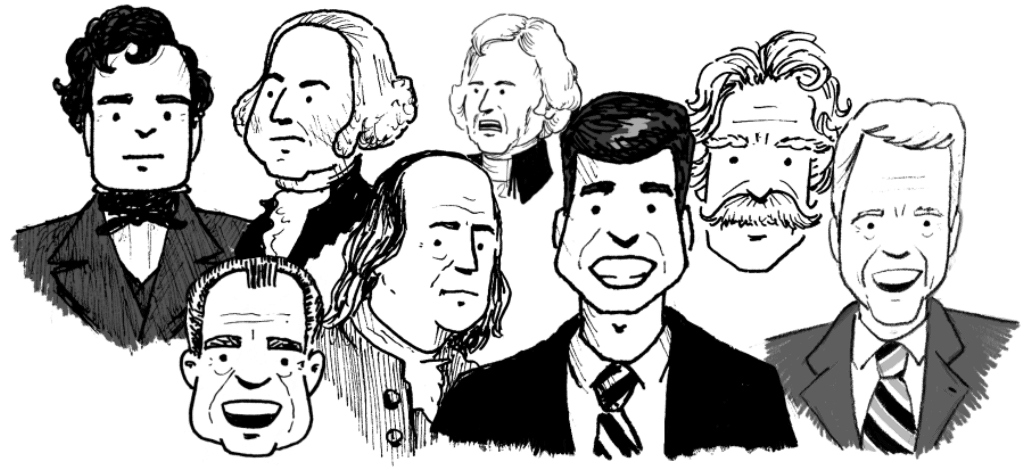
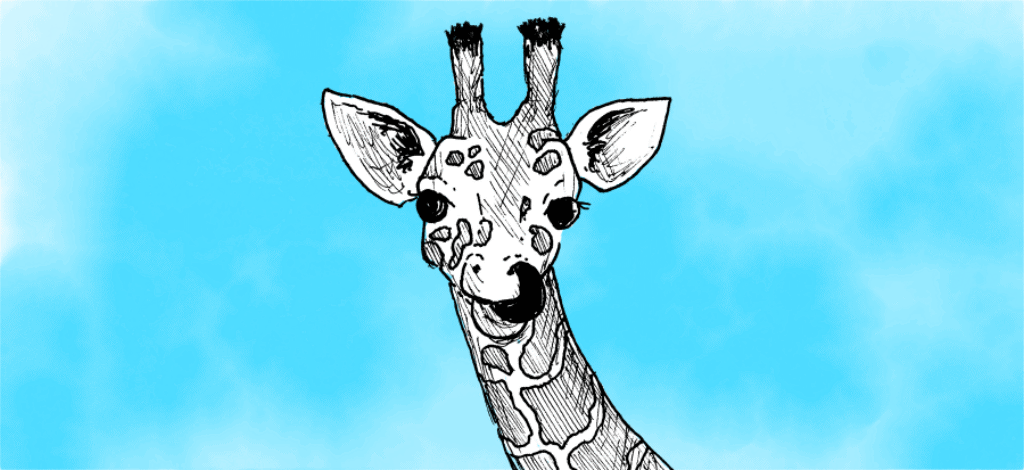
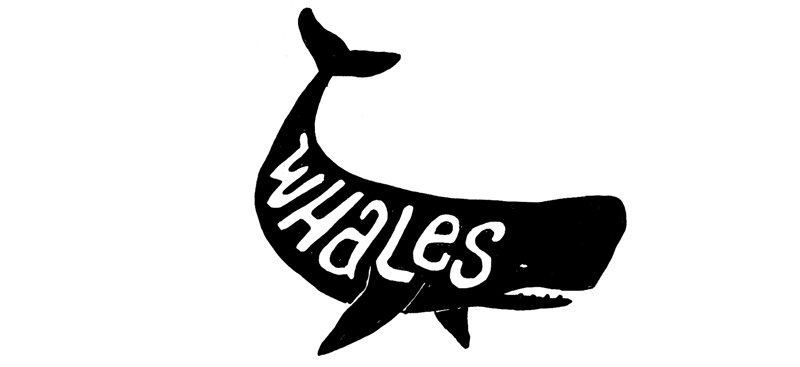
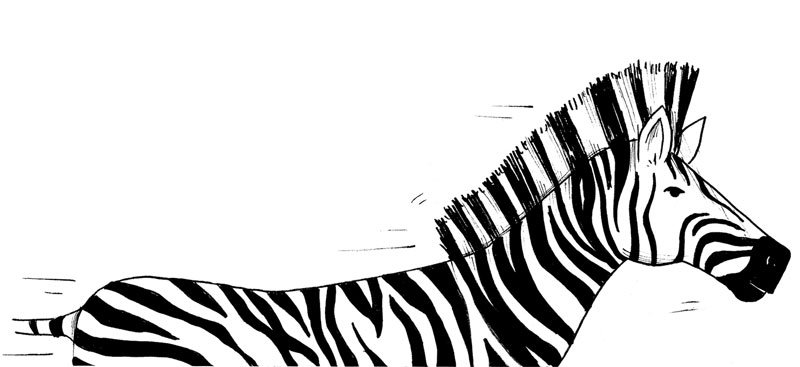
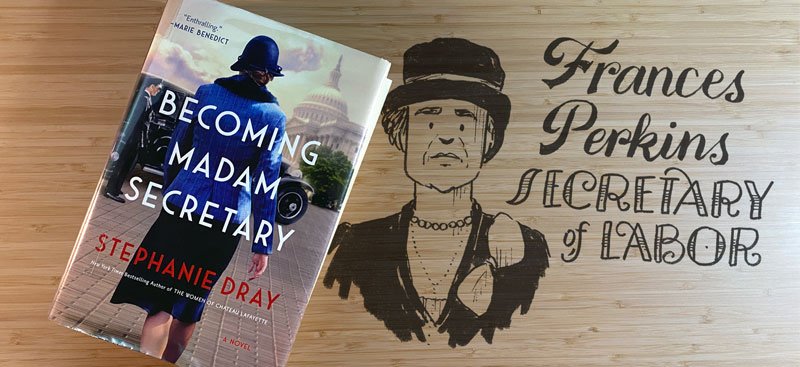
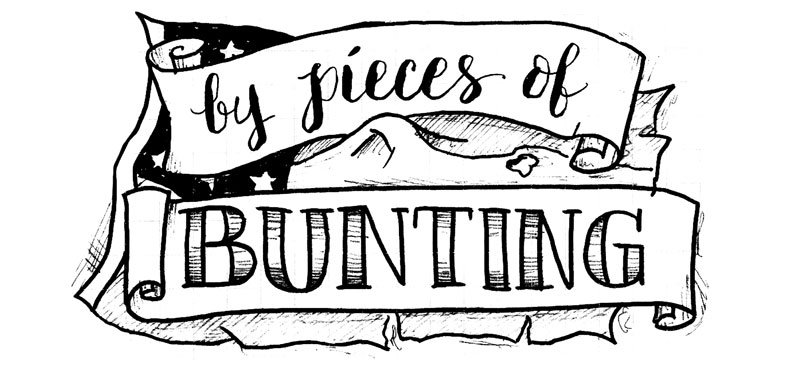
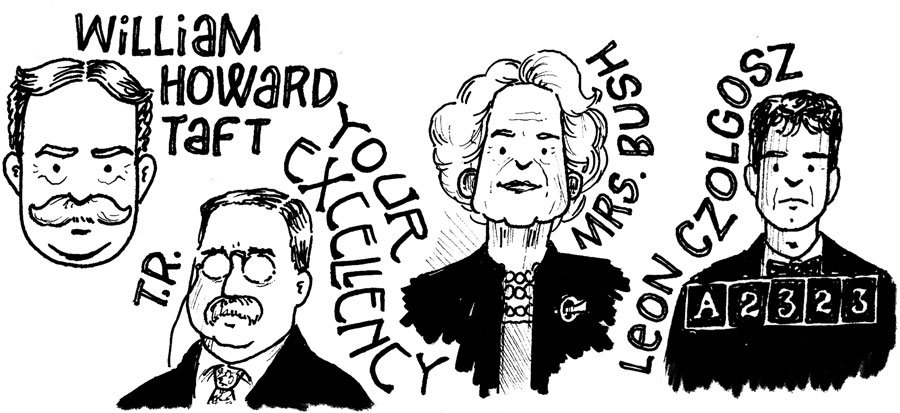
Only 6 doodles!